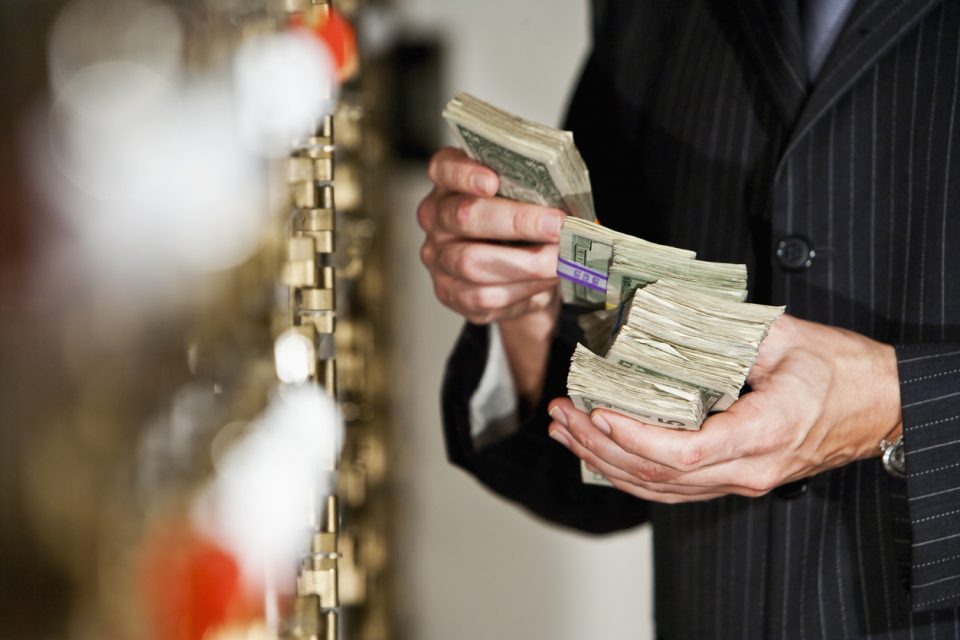Leading defence and security organisation BAE Systems has set out six criminal types responsible for money laundering around the world, to help global businesses understand the motivations and modus operandi of criminals targeting their business. The company hopes to help businesses fight the significant threat posed by financial crime.
Accounting for almost $2trillion each year, money laundering is having an increasingly devastating effect on societies around the world. The criminals behind money laundering are finding ever more sophisticated ways of disguising their activity. Research shows that money laundering activity has a significant impact on society as it drives up property prices and increases taxes and insurance premiums while also funding other criminal activity, such as the drugs trade and international terrorism.
To help businesses recognise the threats to their business, BAE Systems’ subject matter experts analysed customer data to identify the people most commonly involved in money laundering. They are:
- The Source – White collar fraudsters and organised crime gangs making illegal profit from their crimes. As a result of operating outside the law, they need their money ‘cleaned’ before it can be used.
- The Leader – Leaders are clinging to power and stripping their country of wealth to line their own pockets. Their outcast status causes the Leader to resort to subterfuge to hide their funds and spend money on the things that keep them in power.
- The Bystander – Bystanders don’t facilitate crime, but are happy to turn a blind eye while their mysterious client lines their pockets.
- The Watched – People on international watch lists who could either be corrupted or facilitate corruption for a price.
- The Shark – Sharks enable crime by helping move illicit funds through the banking system, profiting themselves along the way.
- The Shop Front – Legitimate-looking businesses that exist to launder money, catering specifically to criminals.
Rob Horton, Head of Financial Crime Solutions EMEA at BAE Systems, said, “In today’s digital world, criminals are constantly exploring new ways to find and exploit loopholes in legitimate channels to make the proceeds of crime look like legal tender. But the real issue isn’t simply the illicit money; it’s the wider impact of these criminal acts. Money laundering keeps hospitals, schools and libraries from being built as the proceeds of crime contribute nothing to the public purse. Launderers are also bending the property market, pricing first time buyers out of many cities. And the profits of money laundering are the cause of organised crime across the world, from drug trafficking and gun smuggling, to fraud and modern slavery.
“The fight against money laundering needs a new era of collaboration between the financial services industry, government and technology and compliance specialists. Understanding the motivations and modus operandi of the people behind it is the critical first step. Businesses need to understand the enemies they face in order to successfully protect themselves against them.”

